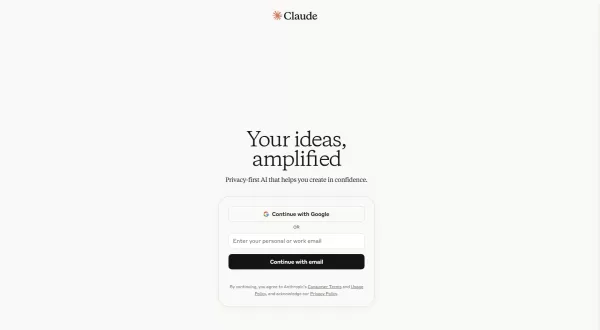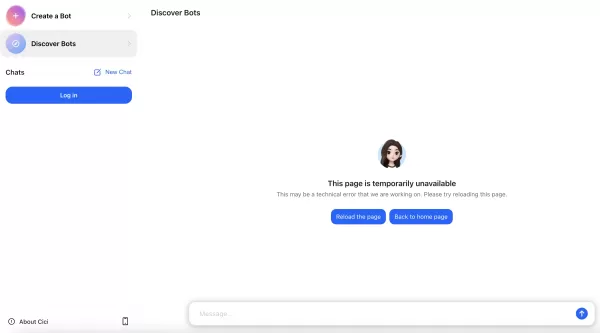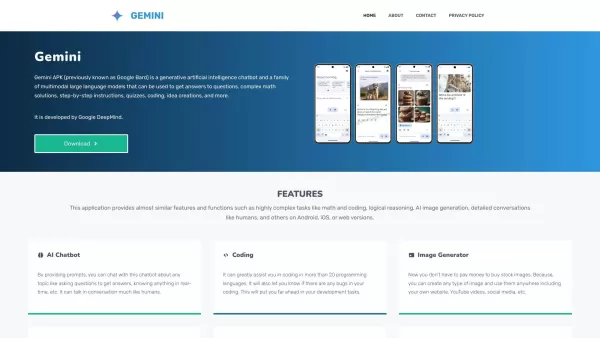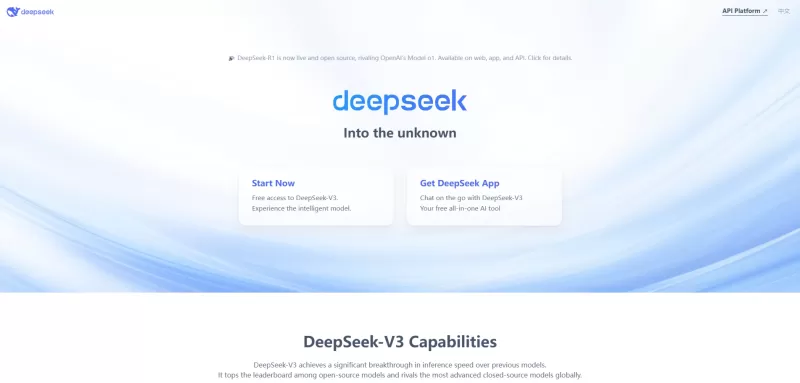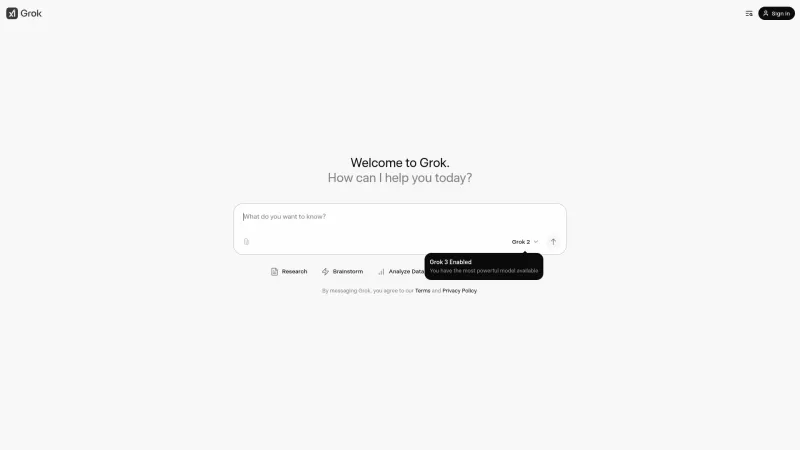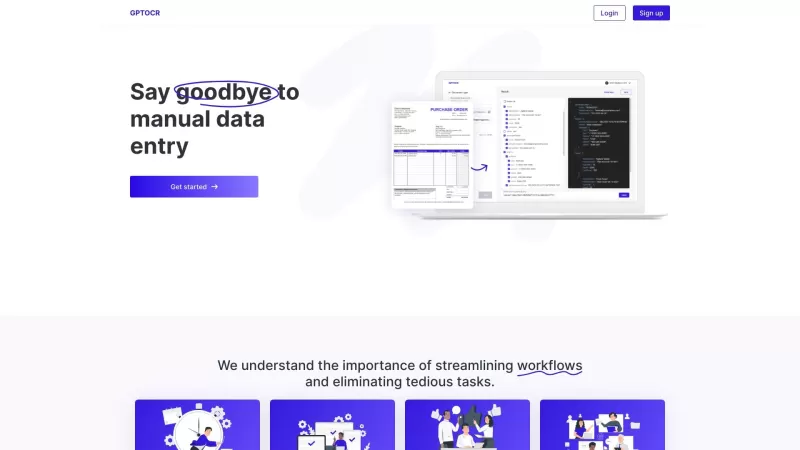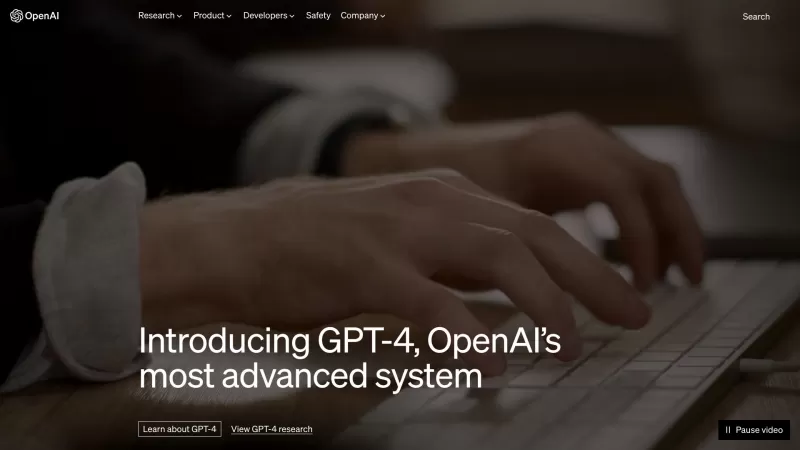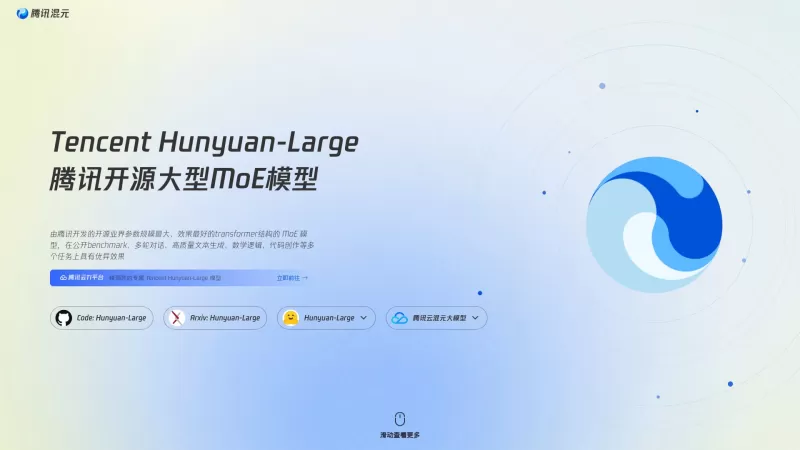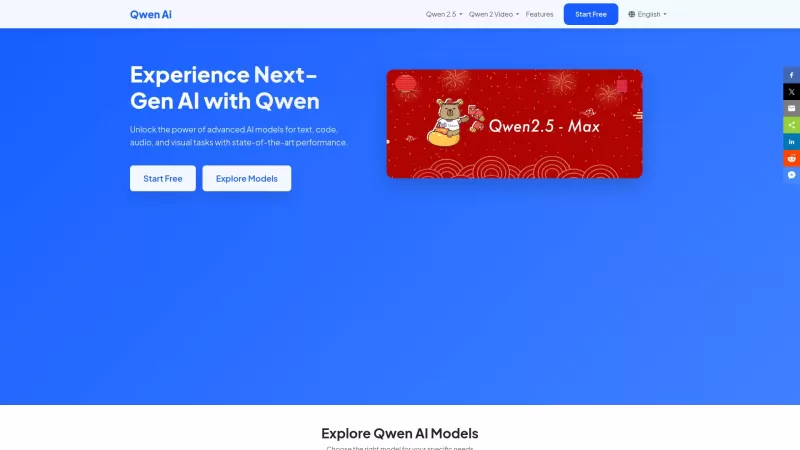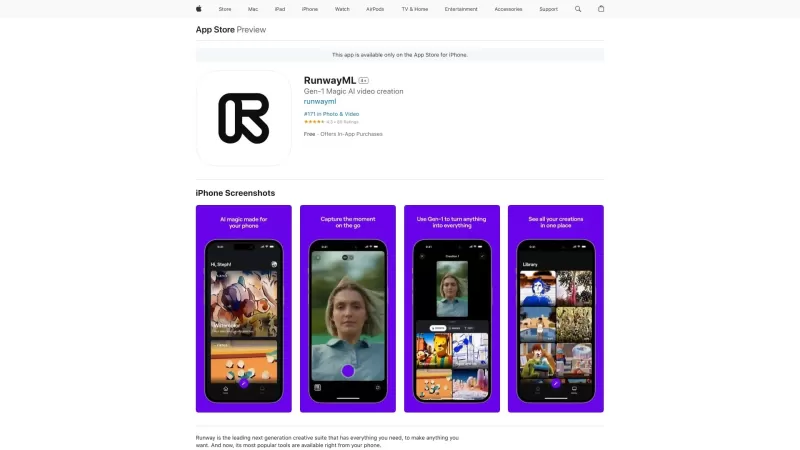AI-Powered Cover Letters: Expert Guide for Journal Submissions
In today's competitive academic publishing environment, crafting an effective cover letter can make the crucial difference in your manuscript's acceptance. Discover how AI-powered tools like ChatGPT can streamline this essential task, helping you create polished, professional letters that capture journal editors' attention. Our comprehensive guide reveals step-by-step strategies to optimize your submission package and maximize publication success.
Key Points
Essential research preparation: Compile all manuscript details and journal specifications.
AI-assisted drafting: Use ChatGPT to generate initial cover letter templates.
Personal customization: Refine AI outputs to reflect your unique research voice.
Quality assurance: Conduct thorough proofreading for flawless presentation.
Peer review benefits: Seek colleague feedback before final submission.
Understanding the Importance of a Cover Letter
Why a Cover Letter Matters
A well-executed cover letter serves as your manuscript's ambassador, introducing editors to your research's significance and relevance to their journal. This critical document frames your study's contributions within the journal's scope, helping editors quickly assess its potential value to their readership.
With submission volumes increasing across academic journals, your cover letter represents a strategic opportunity to distinguish your work. A thoughtfully composed letter demonstrates scholarly professionalism while effectively communicating your research's novelty and impact. Failing to invest adequate effort in this component can undermine even the strongest manuscripts.
Common Mistakes to Avoid
Several avoidable errors frequently weaken otherwise promising submissions:
- Generic templates lacking personal connection to the specific journal
- Inadequate emphasis on study innovations and field contributions
- Overlooked formatting or stylistic journal requirements
- Grammatical errors or unclear technical descriptions
- Overstatements of research impact without supporting evidence
Successful submissions avoid these pitfalls through careful attention to journal guidelines, precise language, and authentic representation of research merits.
Leveraging AI with ChatGPT for Cover Letter Creation
Step-by-Step Guide to Using ChatGPT
Follow this systematic approach to maximize ChatGPT's assistance while maintaining scholarly integrity:
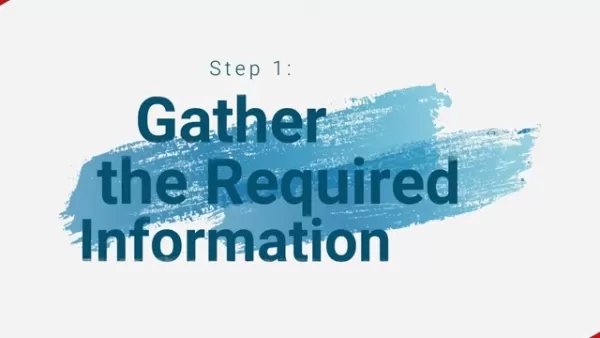
Preparation Phase
Before engaging ChatGPT, organize these critical elements:
- Complete journal name and key editorial staff
- Manuscript title and comprehensive abstract
- Key methodological approaches and significant findings
- Documentation of novel theoretical or practical contributions
- Journal-specific submission requirements
AI Drafting Process
With preparation complete:
- Access ChatGPT through official OpenAI channels
- Provide detailed prompt including target journal and study particulars
- Generate multiple draft iterations for comparison
Refinement Protocol
Essential post-generation adjustments:
- Verify technical accuracy against original research
- Enhance disciplinary-specific terminology
- Strengthen alignment with journal's stated mission
- Optimize persuasive elements highlighting study relevance
Tips for Writing an Effective Cover Letter
Highlighting Novelty and Impact
Concisely articulate your research's original contributions using specific metrics or comparisons where possible. Clearly position your work within ongoing scholarly conversations while demonstrating how it advances understanding in meaningful ways.
Tailoring to the Journal's Scope
Demonstrate familiarity with the publication by referencing similar recent articles and explaining how your manuscript complements the journal's established content. This targeted approach shows substantive engagement rather than perfunctory submission.
Conciseness and Clarity
Academic editors appreciate cover letters that balance thoroughness with efficiency. Structure your communication to convey essential information in logically organized paragraphs using discipline-appropriate but accessible language.
Pros and Cons of Using AI for Cover Letter Writing
Advantages
- Generates coherent first drafts rapidly
- Suggests professional phrasing options
- Identifies standard structural components
- Reduces initial composition anxiety
- Provides multiple stylistic alternatives
Limitations
- May produce generic transitional phrasing
- Requires disciplinary-specific customization
- Needs verification of technical accuracy
- Benefits from experienced scholarly review
- Should reflect author's authentic voice
Frequently Asked Questions
Is using AI for cover letters considered ethical?
When used as a drafting aid with appropriate human oversight and customization, AI tools represent ethical productivity enhancers comparable to grammar checkers or reference managers. Transparency about AI assistance may be warranted per specific journal policies.
How can I ensure the AI-generated content is accurate?
Treat AI drafts as starting points requiring meticulous verification against source materials. Subject all outputs to rigorous fact-checking and style adaptation to ensure precise representation of your research.
What if the editor inquires about AI use?
Maintain honest, professional disclosure practices. Many journals now acknowledge AI-assisted preparation when properly documented and complemented by substantive author contributions.
Related Questions
What are the essential elements of a journal submission package?
Complete submissions typically include formatted manuscript, graphical abstracts, supplementary materials, disclosure statements, and any required ethical approval documentation—all accompanied by your professionally crafted cover letter.
How do I choose the right journal for my research?
Prioritize alignment with your study's methodological approach and theoretical orientation. Consider audience reach, indexing status, and disciplinary reputation alongside practical factors like publication timelines.
What are best practices for responding to reviewer comments?
Address all critiques systematically with point-by-point responses demonstrating either substantive revisions or respectfully defended original choices. Maintain professional tone throughout the revision process.
Related article
 US to Sanction Foreign Officials Over Social Media Regulations
US Takes Stand Against Global Digital Content Regulations
The State Department issued a sharp diplomatic rebuke this week targeting European digital governance policies, signaling escalating tensions over control of online platforms. Secretary Marco
US to Sanction Foreign Officials Over Social Media Regulations
US Takes Stand Against Global Digital Content Regulations
The State Department issued a sharp diplomatic rebuke this week targeting European digital governance policies, signaling escalating tensions over control of online platforms. Secretary Marco
 Ultimate Guide to AI-Powered YouTube Video Summarizers
In our information-rich digital landscape, AI-powered YouTube video summarizers have become indispensable for efficient content consumption. This in-depth guide explores how to build a sophisticated summarization tool using cutting-edge NLP technolog
Ultimate Guide to AI-Powered YouTube Video Summarizers
In our information-rich digital landscape, AI-powered YouTube video summarizers have become indispensable for efficient content consumption. This in-depth guide explores how to build a sophisticated summarization tool using cutting-edge NLP technolog
 Atlassian Acquires The Browser Company for $610M to Boost Developer Tools
Atlassian, the enterprise productivity software leader, has announced plans to acquire innovative browser developer The Browser Company in a $610 million all-cash transaction. The strategic move aims to revolutionize workplace browsing by integrating
Comments (0)
0/200
Atlassian Acquires The Browser Company for $610M to Boost Developer Tools
Atlassian, the enterprise productivity software leader, has announced plans to acquire innovative browser developer The Browser Company in a $610 million all-cash transaction. The strategic move aims to revolutionize workplace browsing by integrating
Comments (0)
0/200
In today's competitive academic publishing environment, crafting an effective cover letter can make the crucial difference in your manuscript's acceptance. Discover how AI-powered tools like ChatGPT can streamline this essential task, helping you create polished, professional letters that capture journal editors' attention. Our comprehensive guide reveals step-by-step strategies to optimize your submission package and maximize publication success.
Key Points
Essential research preparation: Compile all manuscript details and journal specifications.
AI-assisted drafting: Use ChatGPT to generate initial cover letter templates.
Personal customization: Refine AI outputs to reflect your unique research voice.
Quality assurance: Conduct thorough proofreading for flawless presentation.
Peer review benefits: Seek colleague feedback before final submission.
Understanding the Importance of a Cover Letter
Why a Cover Letter Matters
A well-executed cover letter serves as your manuscript's ambassador, introducing editors to your research's significance and relevance to their journal. This critical document frames your study's contributions within the journal's scope, helping editors quickly assess its potential value to their readership.
With submission volumes increasing across academic journals, your cover letter represents a strategic opportunity to distinguish your work. A thoughtfully composed letter demonstrates scholarly professionalism while effectively communicating your research's novelty and impact. Failing to invest adequate effort in this component can undermine even the strongest manuscripts.
Common Mistakes to Avoid
Several avoidable errors frequently weaken otherwise promising submissions:
- Generic templates lacking personal connection to the specific journal
- Inadequate emphasis on study innovations and field contributions
- Overlooked formatting or stylistic journal requirements
- Grammatical errors or unclear technical descriptions
- Overstatements of research impact without supporting evidence
Successful submissions avoid these pitfalls through careful attention to journal guidelines, precise language, and authentic representation of research merits.
Leveraging AI with ChatGPT for Cover Letter Creation
Step-by-Step Guide to Using ChatGPT
Follow this systematic approach to maximize ChatGPT's assistance while maintaining scholarly integrity:

Preparation Phase
Before engaging ChatGPT, organize these critical elements:
- Complete journal name and key editorial staff
- Manuscript title and comprehensive abstract
- Key methodological approaches and significant findings
- Documentation of novel theoretical or practical contributions
- Journal-specific submission requirements
AI Drafting Process
With preparation complete:
- Access ChatGPT through official OpenAI channels
- Provide detailed prompt including target journal and study particulars
- Generate multiple draft iterations for comparison
Refinement Protocol
Essential post-generation adjustments:
- Verify technical accuracy against original research
- Enhance disciplinary-specific terminology
- Strengthen alignment with journal's stated mission
- Optimize persuasive elements highlighting study relevance
Tips for Writing an Effective Cover Letter
Highlighting Novelty and Impact
Concisely articulate your research's original contributions using specific metrics or comparisons where possible. Clearly position your work within ongoing scholarly conversations while demonstrating how it advances understanding in meaningful ways.
Tailoring to the Journal's Scope
Demonstrate familiarity with the publication by referencing similar recent articles and explaining how your manuscript complements the journal's established content. This targeted approach shows substantive engagement rather than perfunctory submission.
Conciseness and Clarity
Academic editors appreciate cover letters that balance thoroughness with efficiency. Structure your communication to convey essential information in logically organized paragraphs using discipline-appropriate but accessible language.
Pros and Cons of Using AI for Cover Letter Writing
Advantages
- Generates coherent first drafts rapidly
- Suggests professional phrasing options
- Identifies standard structural components
- Reduces initial composition anxiety
- Provides multiple stylistic alternatives
Limitations
- May produce generic transitional phrasing
- Requires disciplinary-specific customization
- Needs verification of technical accuracy
- Benefits from experienced scholarly review
- Should reflect author's authentic voice
Frequently Asked Questions
Is using AI for cover letters considered ethical?
When used as a drafting aid with appropriate human oversight and customization, AI tools represent ethical productivity enhancers comparable to grammar checkers or reference managers. Transparency about AI assistance may be warranted per specific journal policies.
How can I ensure the AI-generated content is accurate?
Treat AI drafts as starting points requiring meticulous verification against source materials. Subject all outputs to rigorous fact-checking and style adaptation to ensure precise representation of your research.
What if the editor inquires about AI use?
Maintain honest, professional disclosure practices. Many journals now acknowledge AI-assisted preparation when properly documented and complemented by substantive author contributions.
Related Questions
What are the essential elements of a journal submission package?
Complete submissions typically include formatted manuscript, graphical abstracts, supplementary materials, disclosure statements, and any required ethical approval documentation—all accompanied by your professionally crafted cover letter.
How do I choose the right journal for my research?
Prioritize alignment with your study's methodological approach and theoretical orientation. Consider audience reach, indexing status, and disciplinary reputation alongside practical factors like publication timelines.
What are best practices for responding to reviewer comments?
Address all critiques systematically with point-by-point responses demonstrating either substantive revisions or respectfully defended original choices. Maintain professional tone throughout the revision process.
 US to Sanction Foreign Officials Over Social Media Regulations
US Takes Stand Against Global Digital Content Regulations
The State Department issued a sharp diplomatic rebuke this week targeting European digital governance policies, signaling escalating tensions over control of online platforms. Secretary Marco
US to Sanction Foreign Officials Over Social Media Regulations
US Takes Stand Against Global Digital Content Regulations
The State Department issued a sharp diplomatic rebuke this week targeting European digital governance policies, signaling escalating tensions over control of online platforms. Secretary Marco
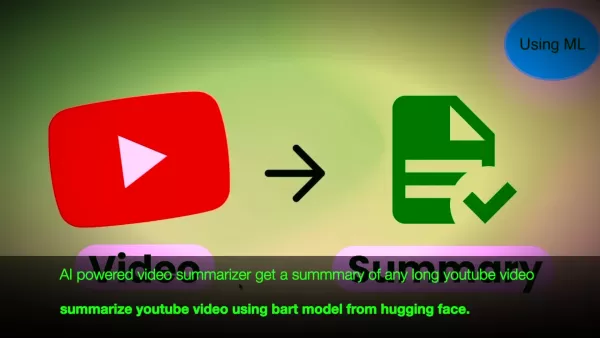 Ultimate Guide to AI-Powered YouTube Video Summarizers
In our information-rich digital landscape, AI-powered YouTube video summarizers have become indispensable for efficient content consumption. This in-depth guide explores how to build a sophisticated summarization tool using cutting-edge NLP technolog
Ultimate Guide to AI-Powered YouTube Video Summarizers
In our information-rich digital landscape, AI-powered YouTube video summarizers have become indispensable for efficient content consumption. This in-depth guide explores how to build a sophisticated summarization tool using cutting-edge NLP technolog
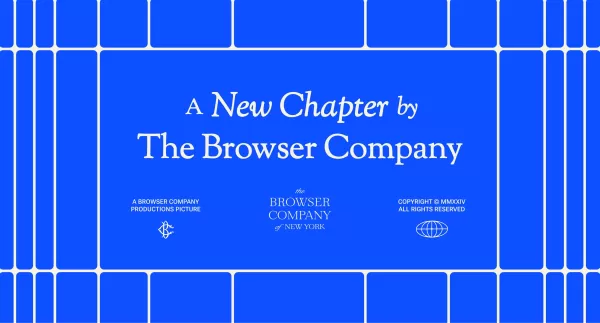 Atlassian Acquires The Browser Company for $610M to Boost Developer Tools
Atlassian, the enterprise productivity software leader, has announced plans to acquire innovative browser developer The Browser Company in a $610 million all-cash transaction. The strategic move aims to revolutionize workplace browsing by integrating
Atlassian Acquires The Browser Company for $610M to Boost Developer Tools
Atlassian, the enterprise productivity software leader, has announced plans to acquire innovative browser developer The Browser Company in a $610 million all-cash transaction. The strategic move aims to revolutionize workplace browsing by integrating
